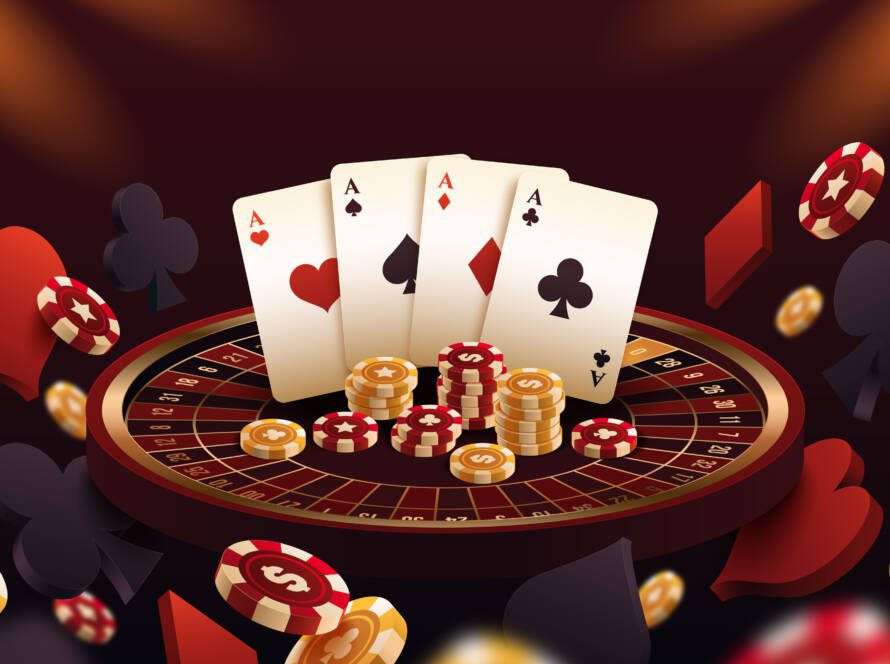The Evolution of Baccarat: A Journey Through Time
Baccarat, a game of elegance and simplicity, has a rich and storied history that covers centuries. From its origins in 15th-century Italy to its present status as a preferred in both land-based and online casinos, baccarat has actually gone through considerable changes. This article dives into the evolution of baccarat, exploring its origins, essential turning points, and its adaptation to the digital age.
Origins and Early History
Baccarat is believed to have come from in Italy during the 1400s. 에볼루션 바카라 무료체험 was initially referred to as "baccara," which means "absolutely no" in Italian, referring to the worth designated to all tens and court card. It was later presented to France during the reign of Charles VIII, where it became a preferred amongst the nobility. The game's simplicity and the aspect of chance made it especially appealing to the French upper class.
In the 19th century, baccarat began to spread out to other parts of Europe and ultimately to the United States. Nevertheless, it remained a game primarily associated with the elite and high rollers. The game's appeal in the United States can be traced back to the early 20th century when it was presented to Las Vegas casinos.
Secret Milestones in Baccarat's Evolution
Intro to the United States
- 1950s: Baccarat was introduced to Las Vegas by casino operators who saw its potential to attract high-stakes gamblers. The game rapidly became a staple in high-stakes spaces.
- 1960s: The game gained much more popularity with the intro of the "mini-baccarat" variation, which allowed more gamers to participate and made the game more available to a more comprehensive audience.
International Expansion
- 1970s-1980s: Baccarat's popularity spread to other parts of the world, particularly in Asia. Macau, in specific, ended up being a center for baccarat, with the game ending up being a considerable chauffeur of the region's casino market.
- 1990s: The game continued to progress with the introduction of brand-new variations and betting choices, making it more appealing to a wider variety of players.
Digital Revolution
- 2000s: The rise of online gambling establishments marked a significant juncture for baccarat. Online platforms made the game available to an international audience, breaking down geographical barriers.
- 2010s: The arrival of live dealership games, where players can communicate with a genuine dealer via a video stream, brought a brand-new level of credibility and excitement to online baccarat.
Modern Variants of Baccarat
Today, baccarat is available in several variants, each with its own unique rules and betting options. Here are a few of the most popular variations:
- Punto Banco: This is the most common variation of baccarat and is played in a lot of casinos. The game is simply based on opportunity, with the dealership and gamer hands figured out by a set of guidelines.
- Chemin de Fer: This variant is more tactical and is mainly played in European gambling establishments. Full Review take turns being the banker, and there is more player interaction and decision-making.
- Baccarat Banque: Also called "à deux tableaux," this variation resembles Chemin de Fer but with a repaired lender position.
- Mini-Baccarat: This is a faster-paced version of Punto Banco, normally used a smaller sized table with fewer gamers. It is more available and popular in numerous casinos.
The Future of Baccarat
As technology continues to advance, the future of baccarat looks appealing. Here are some patterns that are most likely to shape the game in the coming years:
- Virtual Reality (VR) and Augmented Reality (AR): These technologies could reinvent the way gamers experience baccarat, providing a more immersive and interactive environment.
- Mobile Gaming: The increase of mobile devices has made it simpler for players to access baccarat on the go. Mobile casinos are anticipated to become a lot more widespread.
- AI and Machine Learning: These innovations might be utilized to improve the gaming experience, supplying customized suggestions and improving the fairness and transparency of the game.
Frequently asked questions
Q: What is the origin of baccarat?A: Baccarat is thought to have come from Italy during the 1400s and was later on presented to France. The game's simpleness and the element of opportunity made it particularly appealing to the French aristocracy.
Q: What are the different versions of baccarat?A: The most popular versions of baccarat consist of Punto Banco, Chemin de Fer, Baccarat Banque, and Mini-Baccarat. Each version has its own distinct guidelines and betting options.
Q: How has baccarat evolved over time?A: Baccarat has actually evolved from a game mostly played by the elite to a global phenomenon. Key milestones include its introduction to the United States, the infect Asia, and the rise of online and live dealer games.
Q: What is the future of baccarat?A: The future of baccarat is most likely to be formed by technological advancements such as virtual reality, augmented truth, mobile gaming, and AI. These innovations will enhance the gaming experience and make baccarat more accessible to a global audience.
Q: How do I play baccarat?A: Baccarat is a relatively simple game to play. more helpful hints on either the gamer hand, the banker hand, or a tie. The dealership then deals 2 hands, and the hand closest to 9 wins. The game is based on possibility, and the guidelines for drawing extra cards are predetermined.
Baccarat has actually come a long method since its beginning in 15th-century Italy. From its early days as a game for the elite to its existing status as an international phenomenon, baccarat has continuously developed to meet the altering requirements and choices of gamers. Whether in a land-based casino or an online platform, baccarat stays a game of beauty, simpleness, and excitement. As innovation continues to advance, the future of baccarat looks brighter than ever, guaranteeing new and ingenious methods to enjoy this ageless game.

